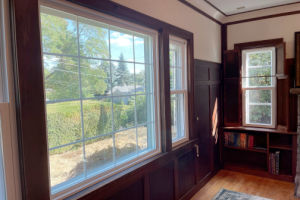
The Program provides a variety of acoustic treatments. Areas eligible for acoustic treatments are considered “habitable” spaces, designed to be occupied year-round and meet all local building code requirements in the residence.
Since each property is unique, the recommended acoustic treatments will be specifically designed for your property and may include some or all of the following:
Information Request Form
Since each property is unique, the recommended acoustic treatments will be specifically designed for your property and may include some or all of the following:
*To use the "Search Answers" feature, type in a word in the box and then click the "Apply" button to the right.

